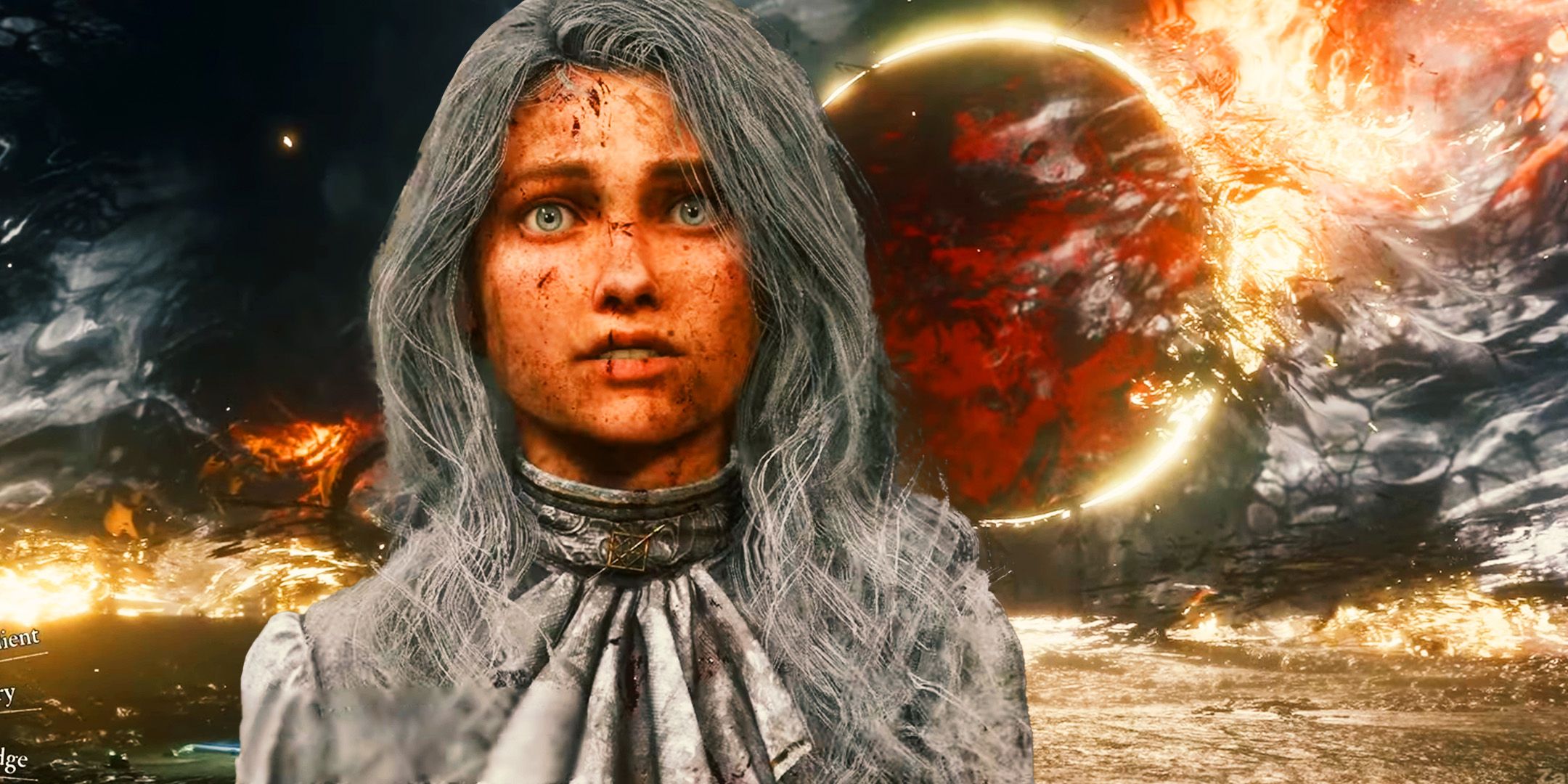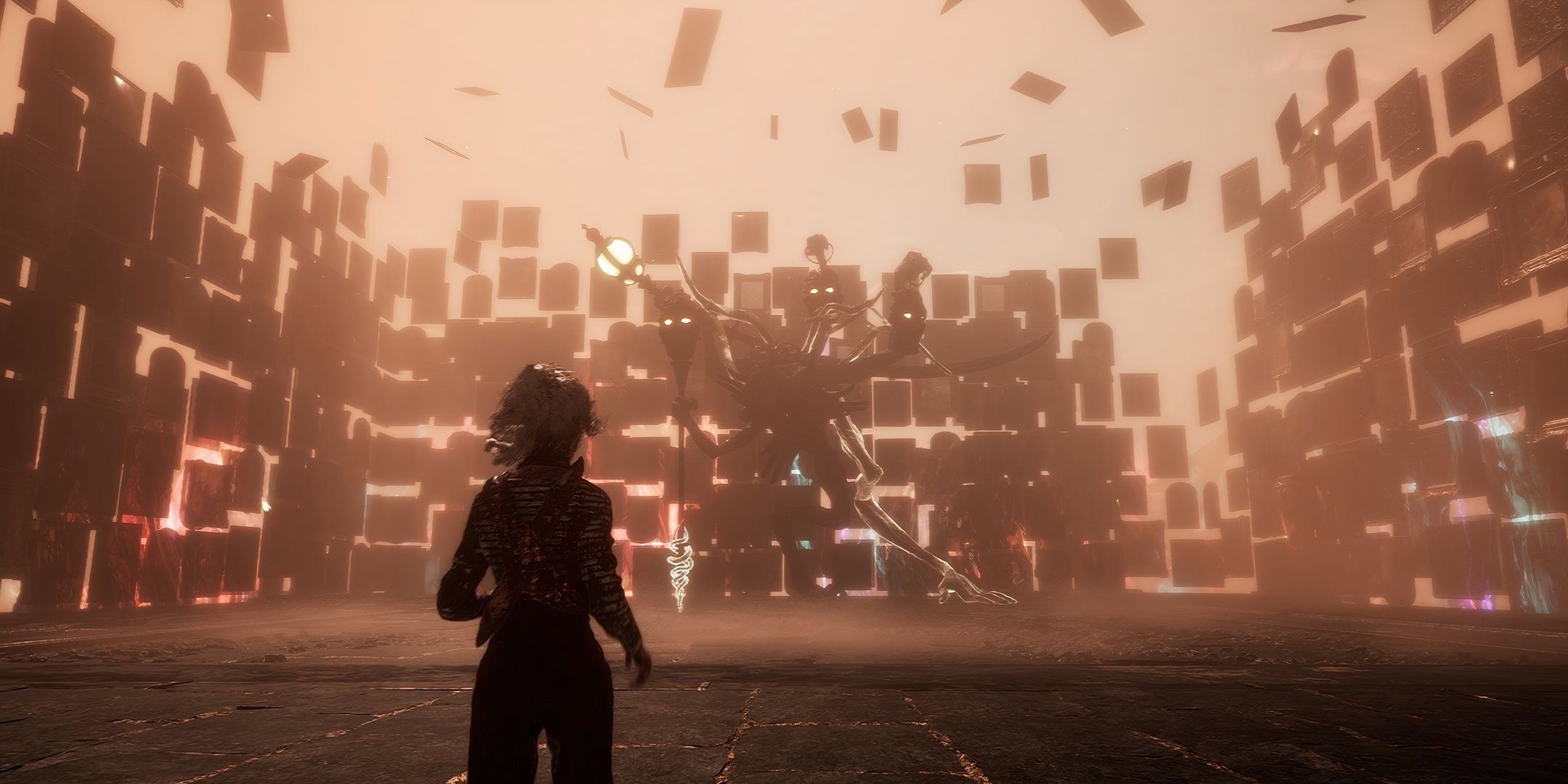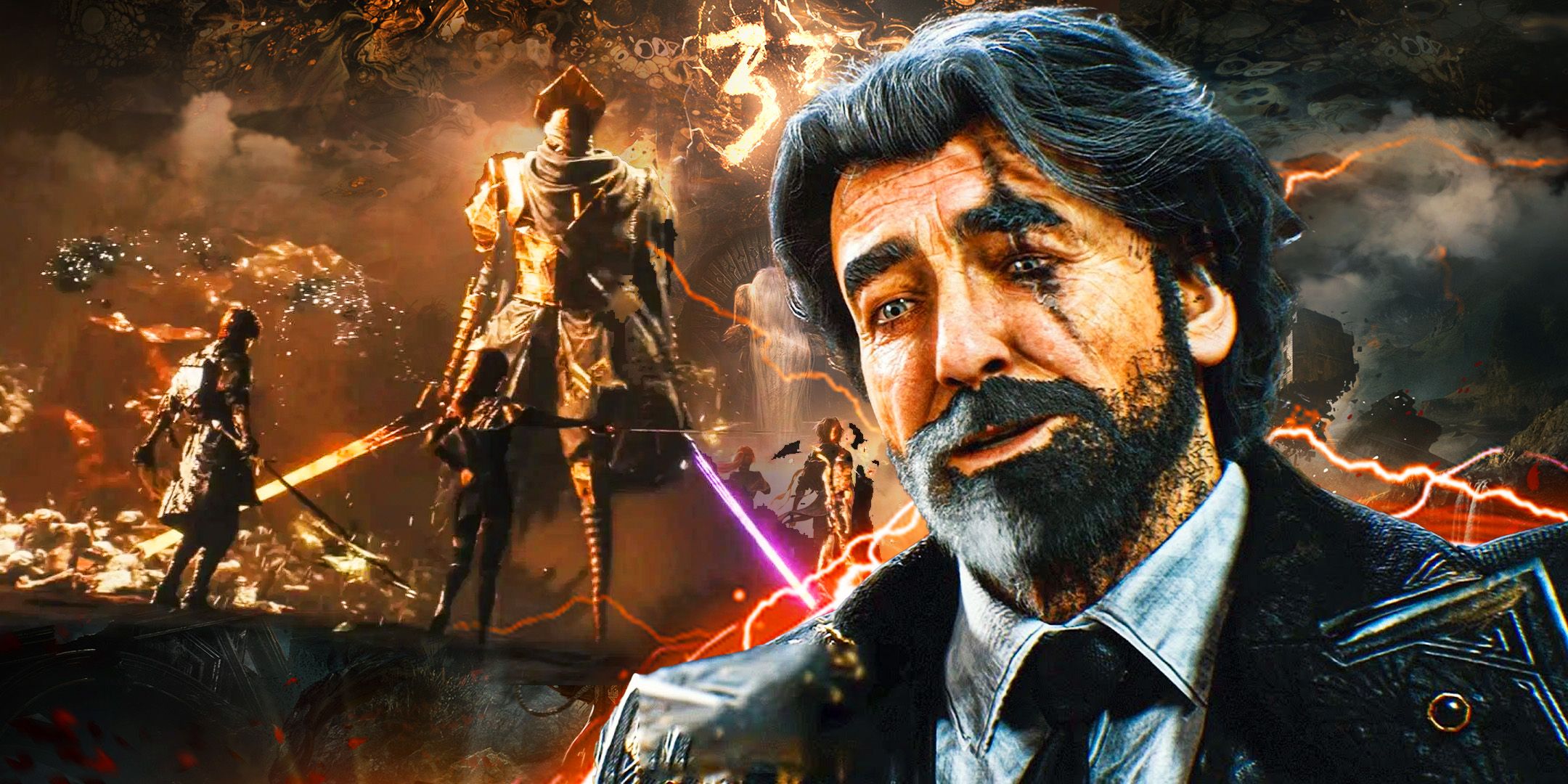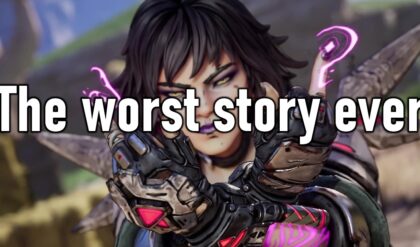Clair Obscur: Expedition 33, the breakout turn-based RPG from Sandfall Interactive, has captivated players with its haunting narrative, stunning Belle Époque-inspired visuals, and challenging combat. Released on April 24, 2025, for PlayStation 5, Xbox Series X/S, and PC, the game has sold over 2 million copies and earned a 92.52% positive review rating on Steam, surpassing many Final Fantasy titles. Its story of Expedition 33—a group of 32-year-olds racing to defeat the Paintress, a godlike entity who erases people of a chosen age each year—resonates deeply, blending themes of mortality, grief, and sacrifice. But as players approach the climactic final boss, Renoir, in Act 3, a common mistake can turn this epic showdown into a frustrating ordeal. After nearly 30 hours of gameplay, I learned this lesson the hard way, and here’s how you can avoid the same pitfall.

The Journey to the Final Boss
Clair Obscur: Expedition 33 is set in the fractured world of Lumière, where the Paintress awakens annually to paint a number on a monolith, dooming everyone of that age to vanish in an event called the Gommage. This year, the number is 33, and Expedition 33, led by characters like Gustave (voiced by Charlie Cox) and Maelle (Jennifer English), embarks on a desperate mission to stop her. The game’s 28-hour main story, expandable to 50+ hours with side content, takes players across a continent filled with surreal Nevrons, optional bosses, and lore-rich expedition journals.
The combat system is a standout, merging turn-based strategy with real-time mechanics like parrying, dodging, and jumping. Players manage a party of up to six characters, each with unique skills, Pictos (buffs), and Gradient Attacks that amplify damage. The overworld, reminiscent of classic Final Fantasy games, encourages exploration with secrets like Paint Cages, Lost Gestrals, and superbosses like Simon, Clea, and Painted Love. By Act 3, players unlock new traversal options, including Esquie’s flight, opening up previously inaccessible areas. This freedom, however, sets the stage for a critical mistake when preparing for the final boss, Renoir.
The Final Boss: Renoir’s Deadly Challenge
Renoir, the true antagonist revealed in Act 3, is a cinematic and mechanical marvel. Unlike the Paintress (Aline Dessendre), who dominates Act 2’s climax, Renoir is the emotional and strategic culmination of the game’s narrative. As Maelle’s father and a figure tied to the Axons—powerful entities like Sirene and Visages—Renoir wields devastating attacks, including Void Cross, Black Hole, and Void Meteors. His second phase summons the Dessendre Canvas, unleashing a barrage of high-damage moves, while he draws on Axon buffs to bolster his health and shields. The fight, set in Lumière, demands precise parrying, multi-attack strategies, and a well-balanced party to survive its 15–20-minute duration.
Renoir’s difficulty is calibrated for a party around level 55, with access to the Painted Power Picto but without the 9,999 damage cap broken—a mechanic reserved for post-game content. His attacks, like the Void Cross, can one-shot unprepared characters, and his ability to summon Axon powers requires players to adapt on the fly. The fight’s intensity is heightened by Lorien Testard’s operatic soundtrack, which shifts from swelling orchestras to roaring guitars, amplifying the stakes. For most players, Renoir is a satisfying challenge, but only if they avoid the mistake that derailed my first attempt.
The Mistake: Overexploring Act 3
The error I made—and one echoed by players on platforms like X—was diving into Act 3’s optional content before facing Renoir. After Act 2’s shocking twists, where the truth about the Paintress and the Canvas is revealed, Esquie gains the ability to fly, unlocking new areas like the Endless Tower, Flying Manor, and scattered Chromatic Nevron bosses. The narrative urgency—stopping Renoir before he destroys the Canvas—clashes with the temptation to explore these newly accessible zones. I spent hours grinding optional bosses like Sprong, Serpenphare, and Grosse Tete, leveling my party to 65 and unlocking the damage cap break via endgame Pictos. The result? Renoir’s fight felt trivial, stripping away its intended challenge and narrative weight.
Act 3’s optional content is designed for post-game play, with bosses like Clea and Painted Love requiring party compositions and strategies honed after the main story. For example, Clea, found in Flying Manor, summons Nevrons that heal her for massive amounts if not countered, while Painted Love, the Endless Tower’s final trial, combines Renoir and the Paintress into a dual-target nightmare. These fights assume a party at level 60–70 with optimized builds, far beyond what’s needed for Renoir. Grinding to this level beforehand not only overpowers the final boss but also disrupts the story’s pacing, as Maelle’s urgent pleas to stop Renoir feel hollow when you’re off hunting superbosses for hours.
A post on X from @DarkLightsWrath captures the sentiment: “Worst thing I did was do everything in Act 3 before the final boss in Expedition 33, had to go back and turn off the break damage limit.” Others noted that overleveling made Renoir’s fight “too easy,” diminishing the emotional impact of the game’s climax. The recommended approach is to head to Lumière around level 50–55, with a balanced party and Painted Power equipped, to preserve the fight’s intended difficulty and narrative resonance.

How to Prepare for Renoir
To avoid this mistake, prioritize story progression in Act 3 and save optional content for post-game or New Game Plus. Here’s a step-by-step guide to prepare for Renoir effectively:
-
Party Composition: Use a balanced team of three active members (e.g., Gustave, Maelle, Lune) and three reserves (e.g., Sciel, Verso, Esquie). Ensure reserves are leveled to at least 45, as Renoir’s second phase may require swapping. Equip Fire or Void-based weapons, as Renoir has no specific elemental weaknesses but is vulnerable to multi-hit attacks.
Pictos and Skills: Equip Painted Power for a damage boost and Pictos that enhance AP recovery or Gradient Attacks. Maelle’s Virtuose Stance and Verso’s Mark are ideal for maximizing damage. Prioritize skills like Lune’s Stain of Chaos for stacking debuffs and Gustave’s Lumina Converter for elemental synergy.
Parry and Dodge Timing: Practice parrying Renoir’s Void Cross (a four-hit combo) and dodging his Void Meteors, which have wide AoE. The Speed of Light attack requires 10 consecutive parries—count the first seven, pause, then parry the final three to avoid mistiming.
Level and Gear: Aim for level 50–55, achievable through main story progression and light side content in Acts 1 and 2. Upgrade weapons like Medalum or Dualiso to +5 using materials from Stone Wave Cliffs or Flying Waters. Avoid breaking the 9,999 damage cap, as it’s unnecessary for Renoir and trivializes the fight.
Exploration Strategy: Complete essential side quests, like Esquie’s relationship quest or collecting expedition journals, but avoid tackling superbosses like Simon or the Endless Tower until after Renoir. These provide rewards like Baguette weapons or music records, better suited for post-game challenges.
By following this approach, you’ll face Renoir at the intended difficulty, ensuring a rewarding and immersive experience. My mistake was treating Act 3 like an open-world checklist, which clashed with the game’s tightly paced narrative. After reloading an earlier save and fighting Renoir at level 54, the battle was a thrilling test of strategy and reflexes, perfectly complementing the story’s emotional climax.

Why It Matters
Renoir’s fight is more than a mechanical challenge; it’s the narrative heart of Clair Obscur: Expedition 33. The game’s themes of facing mortality and grappling with destructive grief culminate in this confrontation, and overleveling risks diluting its impact. Sandfall Interactive crafted a 28-hour experience that balances accessibility with depth, with difficulty modes (Story, Normal, Expert) and robust side content for replayability. The New Game Plus mode, which scales enemy stats and introduces new dialogue, is ideal for tackling Act 3’s optional bosses, preserving the main story’s integrity.
The community has rallied around this advice, with Steam guides and X posts urging players to prioritize Lumière over side content. One X user, @Dasone_, shared a tip for an optional boss’s mechanic, highlighting how the game rewards careful preparation over brute force. This ethos applies to Renoir: strategy and restraint trump overleveling. The fight’s cinematic flourishes, from Renoir’s Axon summons to the Dessendre Canvas’s eerie visuals, deserve to be experienced as a challenge, not a cakewalk.
A Lesson in Balance
Clair Obscur: Expedition 33 is a modern classic, blending old-school RPG charm with innovative combat and a story that lingers long after the credits roll. Renoir’s battle is its crowning moment, but only if you approach it with the right mindset. By avoiding the mistake of overexploring Act 3, you’ll preserve the fight’s difficulty and emotional weight, ensuring a finale that lives up to the game’s stellar reputation. So, resist the urge to grind, rally your Expeditioners, and face Renoir head-on. The Canvas awaits, and the victory will be worth every parry.





